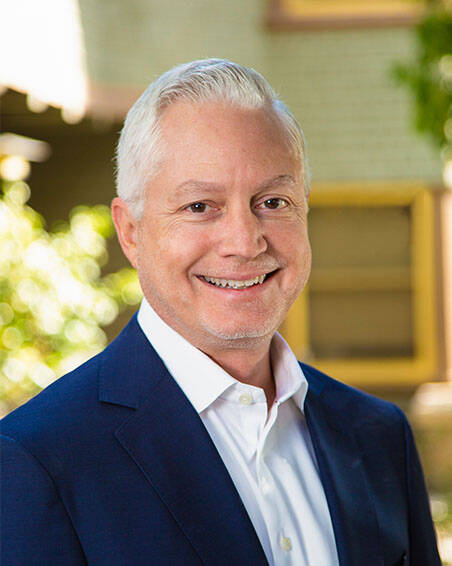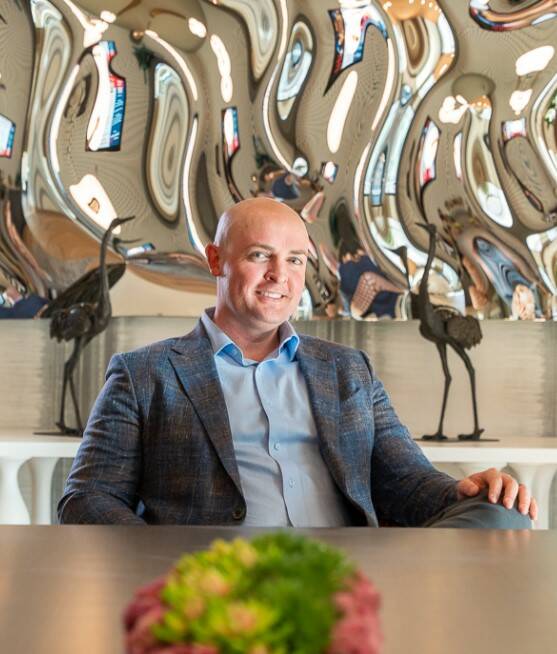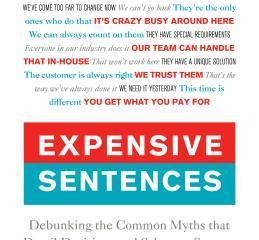The future of multifamily and workforce housing in Southern Nevada comes at a critical moment for the region where rapid growth has collided with the reality of limited land and rising demand for affordable housing.
That was the basis for NAIOP Southern Nevada hosting its August breakfast conference that brought nearly 300 people to The Orleans.
As sprawling single-family developments bumped up against geographic and zoning constraints, the panelists didn’t just discuss what multifamily and workforce housing could look like but they examined whether Southern Nevada could build fast enough to keep up with a market that was already feeling the squeeze, said moderator Adam Schmitt, first vice president of CBRE of multifamily investment properties.
“The biggest hurdle we are facing today is supply,” Schmitt said. “The 20-year average for multifamily delivery in Las Vegas is about 3,500 units per year. In 2023, we saw 7,000 and last year we saw about 5,300. This year, we may see a similar figure although some of that may spill over to the first quarter of next year.”
The panel featured Edward Aloe, founder, president and CEO of CALCAP; Shawn McCoy, director and associate professor of the Lied Center for Real Estate at UNLV; and Josh Nelson, chief investment officer for The Calida Group.
McCoy said Las Vegas has two markets. The market seen today and the one that will be seen in two years. When looking at all market-rate multifamily properties, the average unit is renting for about $1,477 per month. That’s down about 1.2 percent year-over-year, down about 4 percent from recent years.
“We are lower now than projected to have had COVID never happened,” McCoy said.
Market absorption for multifamily is projected to rise going into the next quarter. That means demand isn’t explaining the price drops in the marketplace, McCoy said.
“The smoking gun is the vacancy rate is up and the concession rate is up,” McCoy said. “In the past four years, 18,400 properties were dropped on the market which is 43 percent more than what you would have seen in the market had you shifted back the previous four years.”
While that supply was up about 40 percent, construction today is down about 40 percent, McCoy said.
“Deliveries going into tomorrow’s market are probably going to tank and when you combine that with tailwinds from single-family residential, this is going to put upward pressure on rents and why most economists are projecting rents to go up in 2026 and 2027,” McCoy said.
Schmitt said there are the fewest apartment starts since 2013 and once they are through this wave of supply, the latter half of 2026 and 2027 will be dormant from a supply standpoint.
“The relative unaffordability of a single-family side and largely underbuilt on the single-family side, the delta between renting and owning has never been wider,” Schmitt said. “That’s in every market, especially in Las Vegas where you have a higher capacity to rent,” Schmitt said.
Over the next decade, McCoy said 388,000 thousand people will move to Las Vegas, which equates to 145,000 households. The share that belongs to the middle-income workforce housing segment comes to about 50,000 households that will need affordable property to sustain the economy. That’s 5,000 units a year, he said.
Aloe said all of the great hot markets like Las Vegas, Austin, Dallas, Houston and Phoenix saw developers rush in over the last five years to build record supply. People say there’s so much supply but demand has been resilient and even shocked economists, he added.
“We still see Las Vegas compared to other markets as affordable in terms of costs and rents,” Aloe said. “It’s a growing city with a more diverse economy with sports teams. We’re bullish on Vegas. It’s definitely going through a cyclical period right now. Multifamily got hit with a few things with interest rate hikes that tanked the pipeline.”
Schmitt said the total supply in the market is only 3 percent to 4 percent whereas in Phoenix, Dallas and Austin its 10 percent-plus, which is why there’s higher rates of rental declines in those markets where supply is a larger percentage of existing inventory.
Nelson said in areas of the Las Vegas market that have the greatest amount of supply there’s concessions being offered to buy occupancy. His company is competing on a block-a-block basis against all of the concessions.
“Everyone realizes the softness is real, and you can’t pretend this isn’t going to exist,” Nelson said. “A lot of people are looking at the supply-demand balance in the next couple of years, and they are seeing the same things that less capital available for multifamily based on some of that softness in the market. It’s important as a local community that some cyclicality in the market is based on capital availability.”
Nelson said there are things that can be done to make it easier for developers that will bring in more supply for the community. That’s addressing government policies on density and regulations — all that can help the viability of new multifamily developments, he said.
Schmitt asked how developers are buying land to build on when most of the land in Nevada is owned by the federal government and is unavailable at this time. He also wondered how much tariffs are affecting the cost of development.
Nelson said tariffs are a real concern for developers and making projects less economically viable. They have to be more careful on sourcing materials and supplies and have had to switch countries because of tariff policies.
“The lack of land has resulted in us as a company spending significantly more time in other markets,” Nelson said. “There is only so much land that’s available for sale that we can build multifamily. We think there’s 10 to 15 years of good development left. We are spending time in other markets that don’t have the same constraints.”
Schmitt said there’s more expensive high-rise apartments being built and cited Symphony Park in downtown Las Vegas as an example and wondered why this shift is happening.
Nelson said the cost of the land and cost to build and rents that can be charged is what dictates the decision.
The Calida Group is building Elysian at Cadence, a build-to-rent single-family community in the east Henderson master plan.
Nelson said they would love to see more build-to-rent homes that haven’t seen the same level of development in Las Vegas as in other cities like Phoenix. It provides more affordability.











